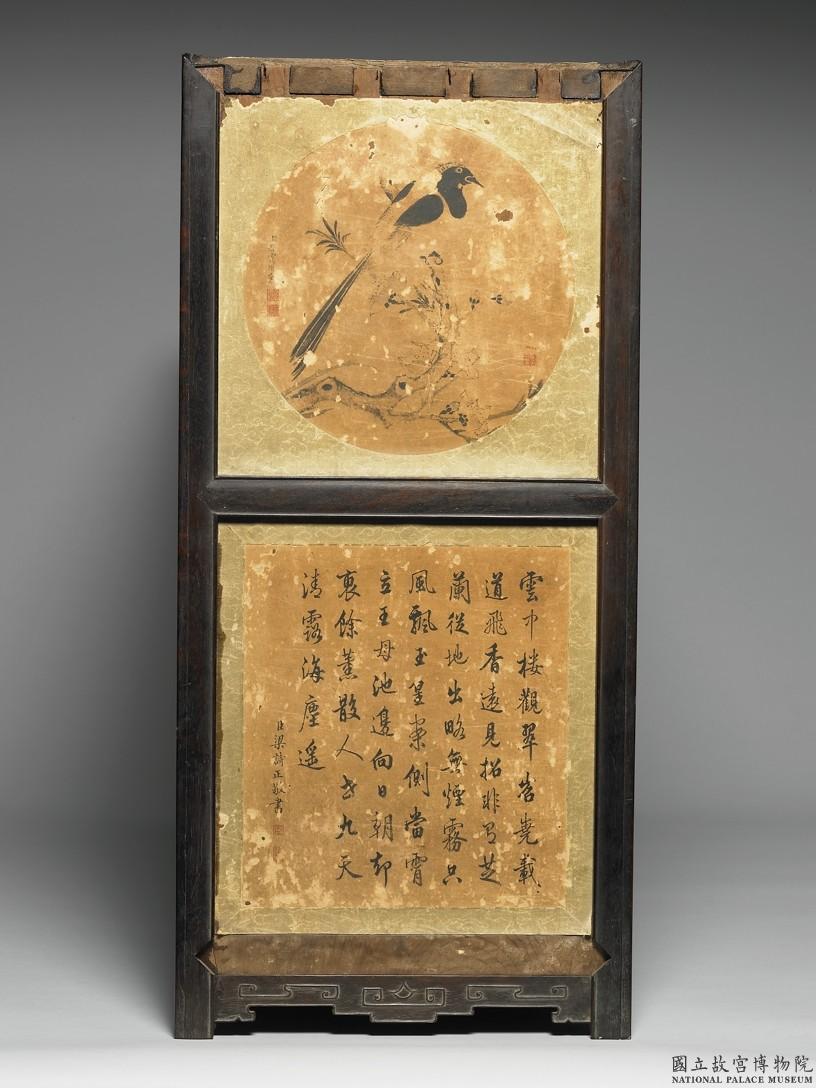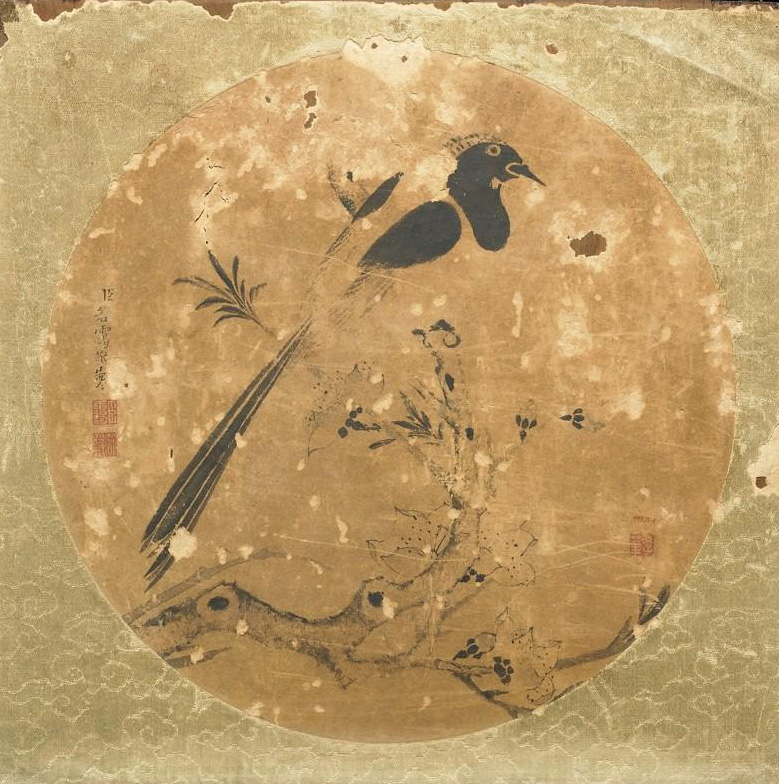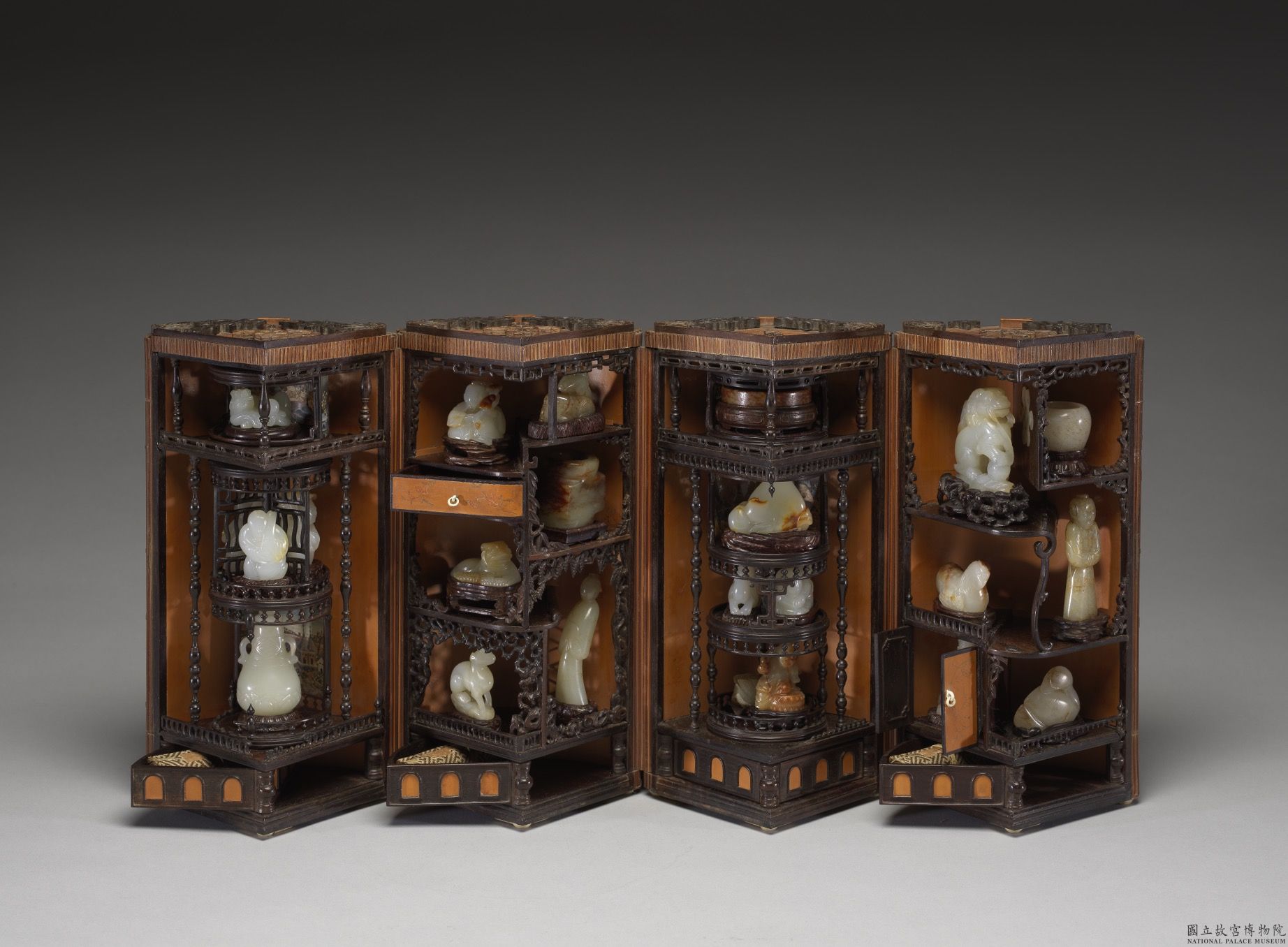Displaying
Aiming to redefine the act of "collecting," the open-shelf presentation of curio cabinets of varying sizes in this section attests to the collectors' desire to attend simultaneously to the sharing of the collections and the preserving of the treasured objects. With the cabinets' original open-shelf layout restored and modern design techniques and materials applied, the audience can now witness how earlier designers made the optimal arrangement for housing and exhibiting bronzes, porcelains, jades, and curios. These cabinets were not only constructed to hold treasured collections, but were also sure to make spectacular interior decorations.
Curio box
- Qing dynasty (1644-1911)
According to Qing Display Archives, this cabinet was once the Boguge (Chest of Aassorted Antiquities) in the Dongnuange in the Yangxindian. There two cabinets were placed against the wall on the south side, and another two against the wall on the north side. The cabinet presented here was located on the north side. Initially, it was home to a total of 149 pieces of art objects. Considering the large size of these objects, the Boguge must be quite sizable. This type of open-shelf display always showcased objects of different materials, such as porcelain, jade, copper, and lacquer. Each object was fitted with a base and properly placed on the shelf. Shown here is an imitation of the original large-sized cabinet. In fact, most of the important Qing palaces and halls were furnished with this type of cabinets for the display of collections, which is today collectively referred to as duobaoge .
Medium Curio box
- Qing dynasty (1644-1911)
This cabinet is made of red sandalwood and decorated with paintings and calligraphic works. Brocade is attached to the inner side of each compartment, and glass with wooden frames is assembled with mortise and tenon joints. Calligraphic works and paintings are framed in circles and squares on the sideboards, and a scroll painting is on top of the cabinet. A review of existing Qing archival materials indicates that this cabinet was the red sandalwood cabinet with works of calligraphy and painting constructed in the 11th year of the Qianlong reign (1746). During the Qianlong reign, glass was used on large cabinets to give art objects better protection.
According to Qing archives, this red sandalwood cabinet was placed in the Jingqixuan (Chamber of Rest in Tranquility) in the Shufangzhai (Studio of Sprayed Fragrance). On display in this cabinet was a cat food dish with copper-bound mouth rim, which, to be exact, is the famous Ru ware narcissus basin with light bluish-green glaze in the collection of the National Palace Museum. Its base is inscribed with "Jingqixuan Yushang (Jingqixuan Collection Appreciated by the Emperor)," indicating that the objects displayed in the cabinet were exquisite specimen of fine art.
Red sandalwood curio box with bamboo-veneered decoration
- Qing dynasty
- Qianlong reign (1736-1795)
This is the "red sandalwood box with bamboo yellow decoration and turntable" registered in the Archives of Imperial Workshop from the 31st year of the Qianlong reign (1766). Requests for wooden bases and storage spacing for handscrolls and album leaves were made at the time of construction. The outer surface of the cabinet is covered with bamboo sticks and decorated with lotus patterns, and the inner surface affixed with yellowish bamboo strips. While the cabinet is cylindrical when closed, it is divided into four equal parts when open. It can be shown in a row or as a square column. The craftsmen were clever enough to make the best use of the space in each quarter column and turned it into smaller alternate compartments for a wonderful and interesting presentation of the curios. From righ to leftt, the first and third quarters are decorated with traditional wood carvings and matched with bamboo drawers for jades, calligraphic pieces, and paintings, with each work of jade fitted with a wooden base. The second and fourth quarters are equipped with turntables, composed of ornamental pillars, made with lathe tools, and cylinder glass painted with Western-style buildings. These turntables allow the jade pieces to be rotated, hence the term Zhuanpan Gezi (grid turntable). This cabinet exhibits a combination of intricate craftsmanship and space arrangement. The grid compartments and jades complement each other, and the red sandalwood and the yellowish bamboo strips are arranged in a skillful and pleasant way. The cabinet is illustrative of the ingenuity of the craftsmen of the Qianlong period and makes the best example of curio presentation in the Qing imperial court.





